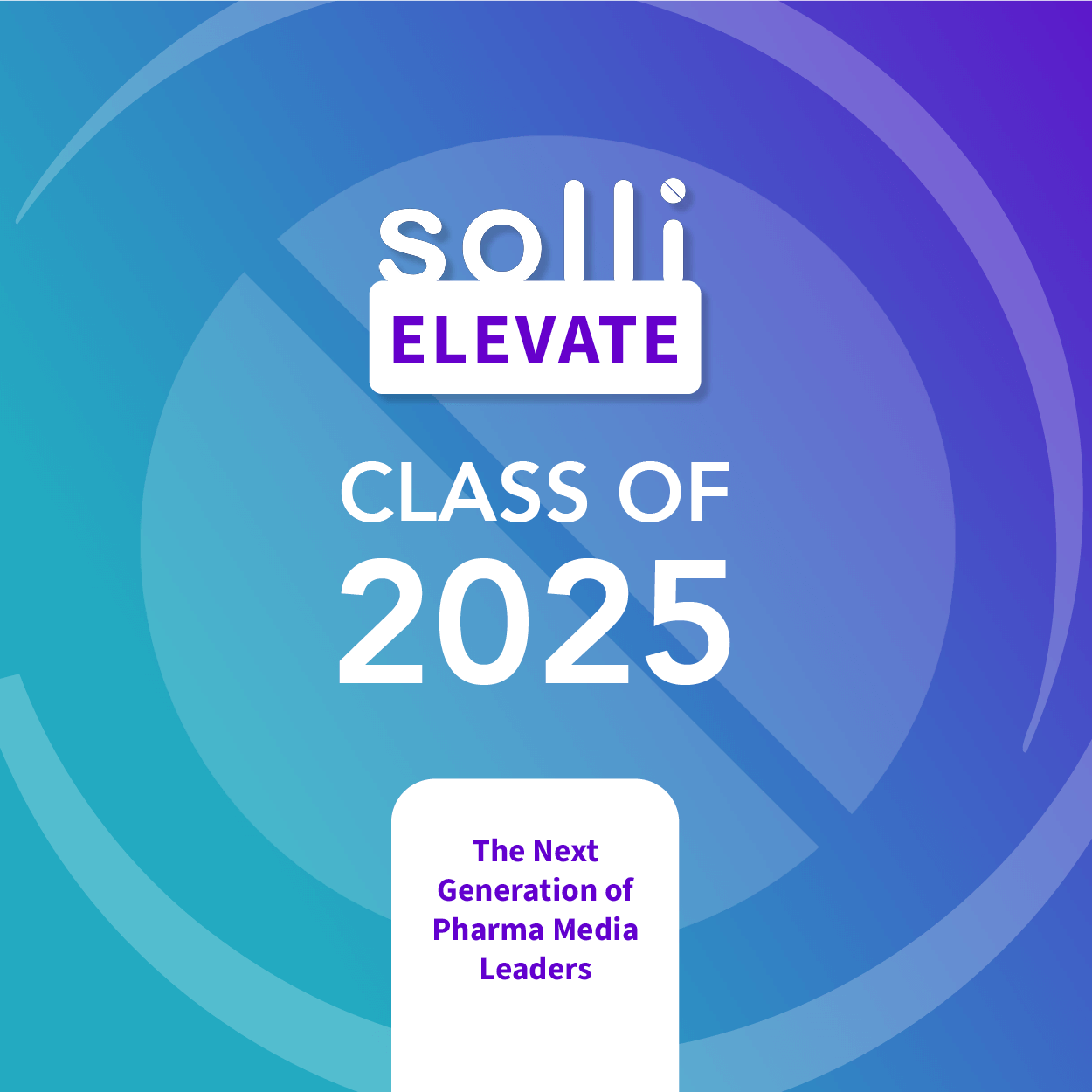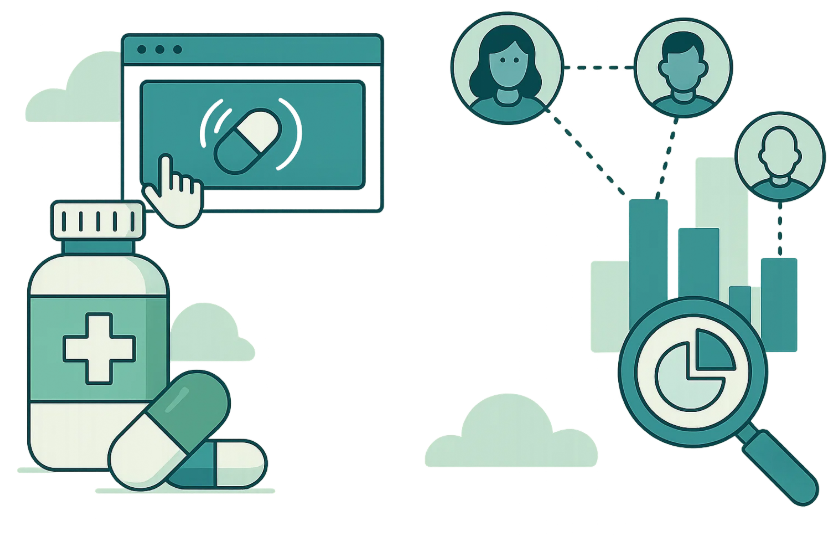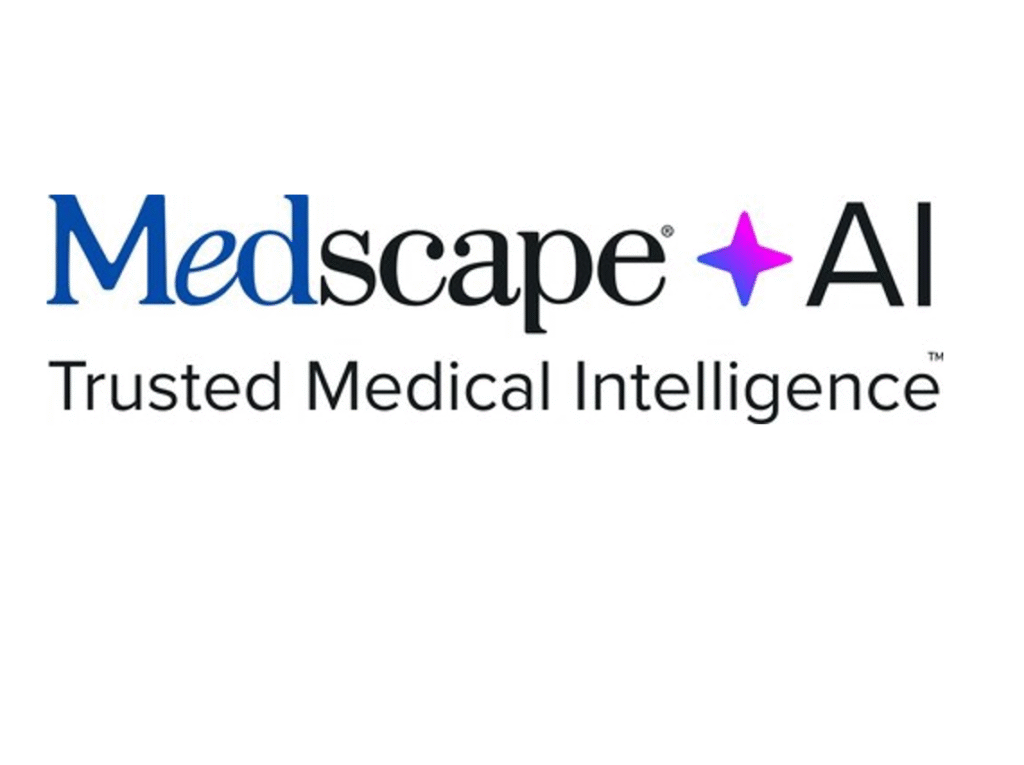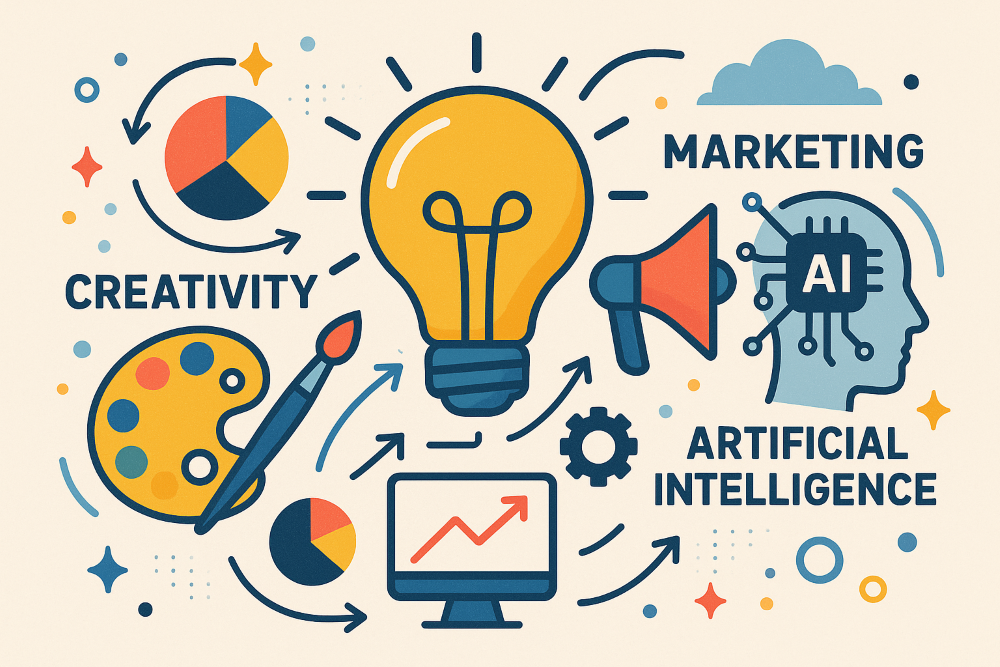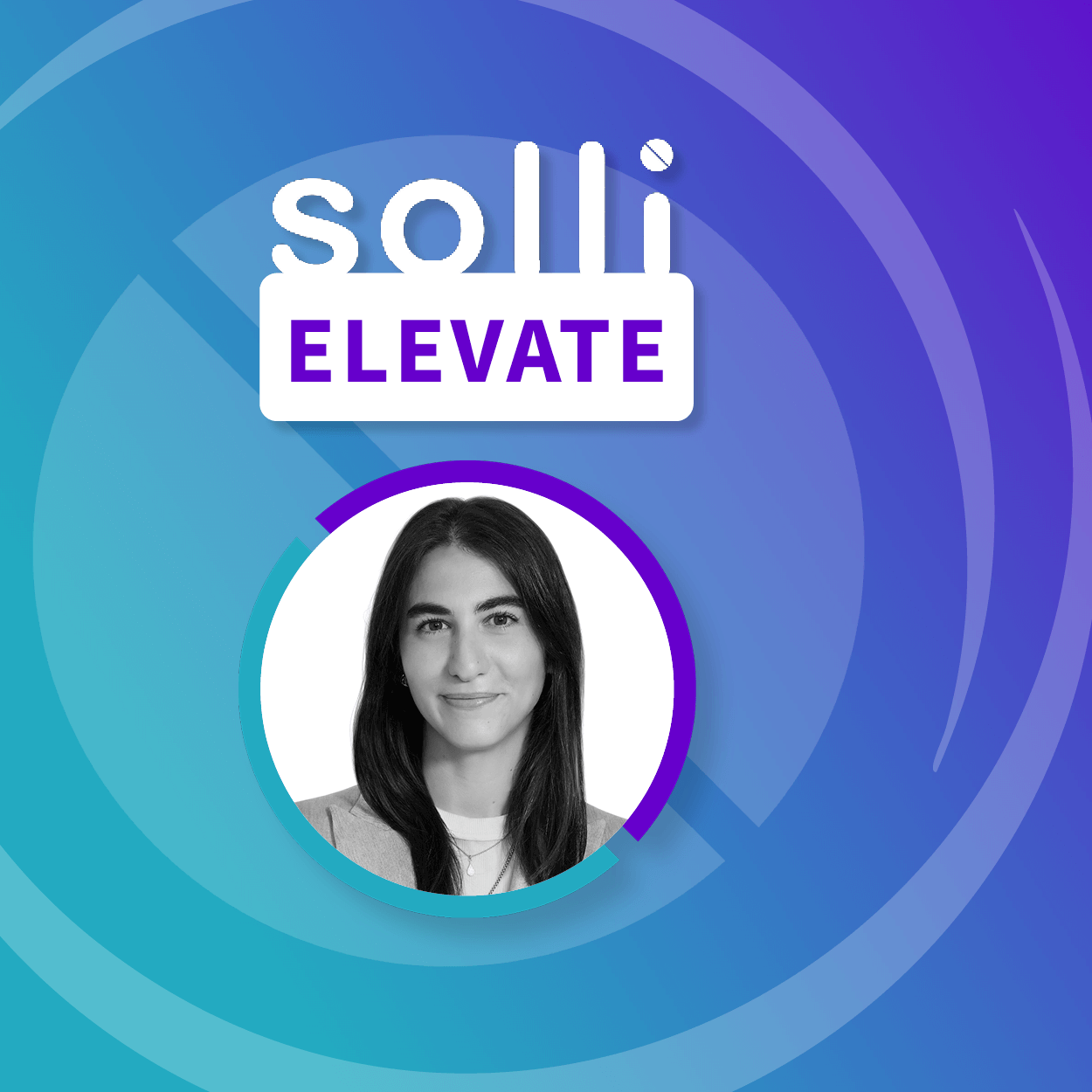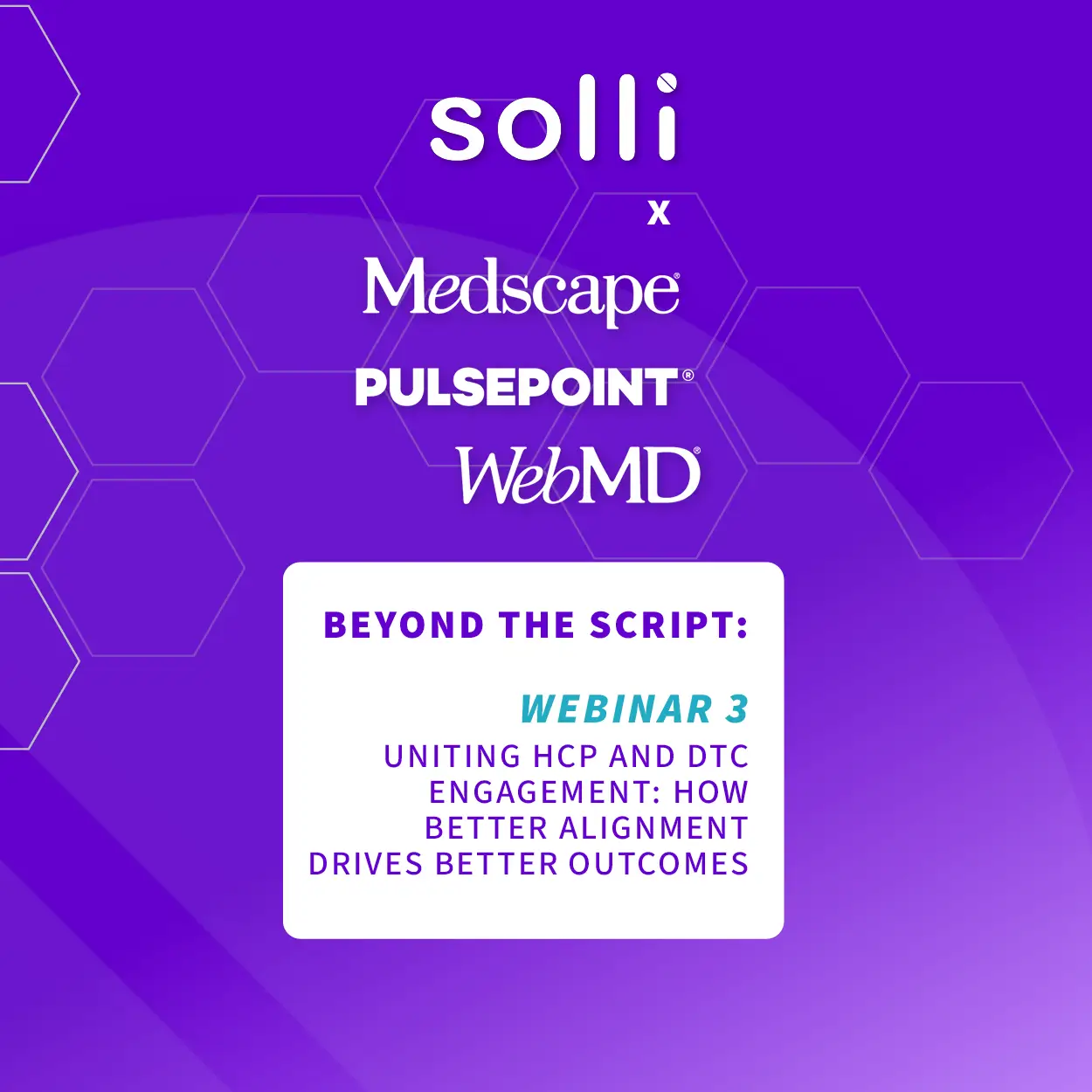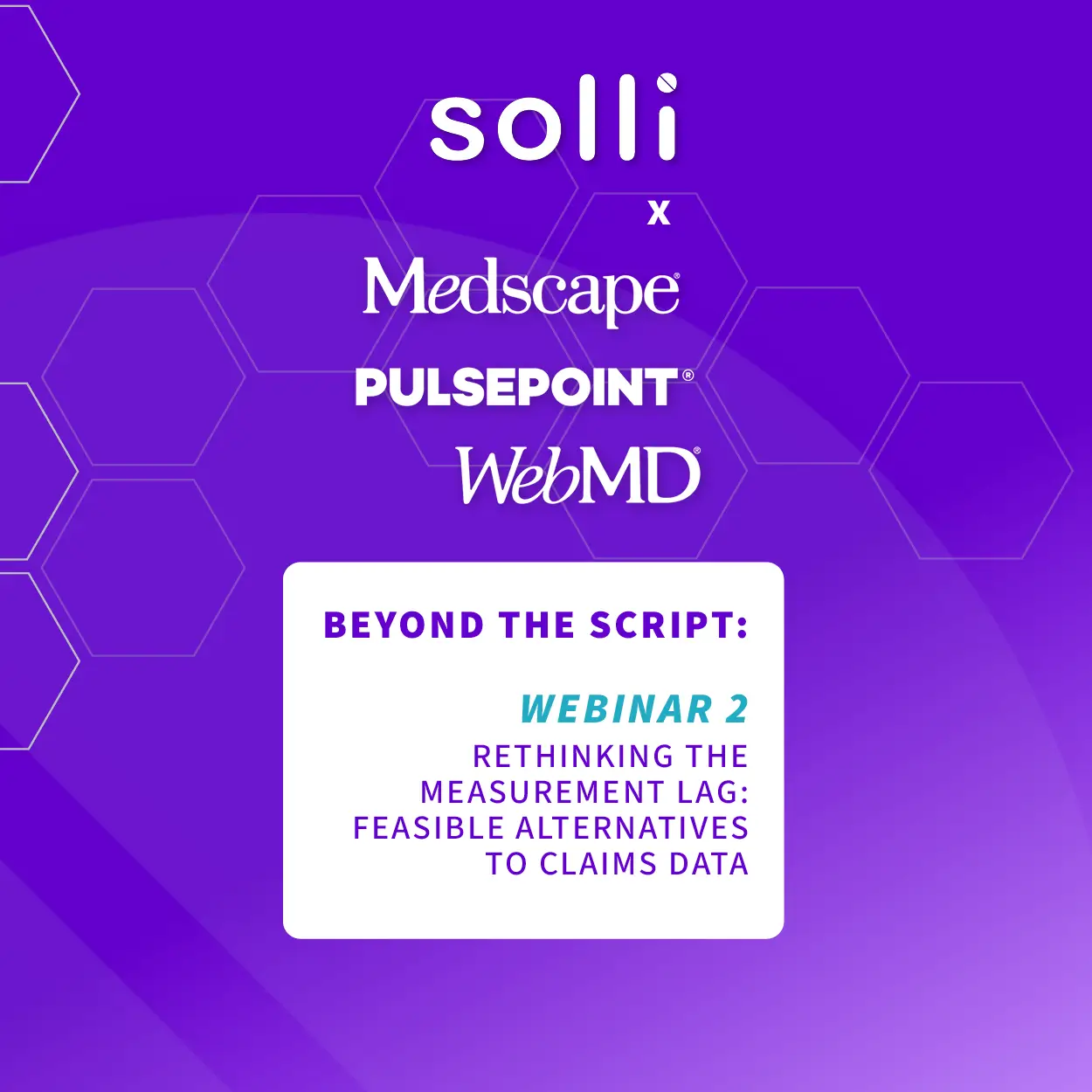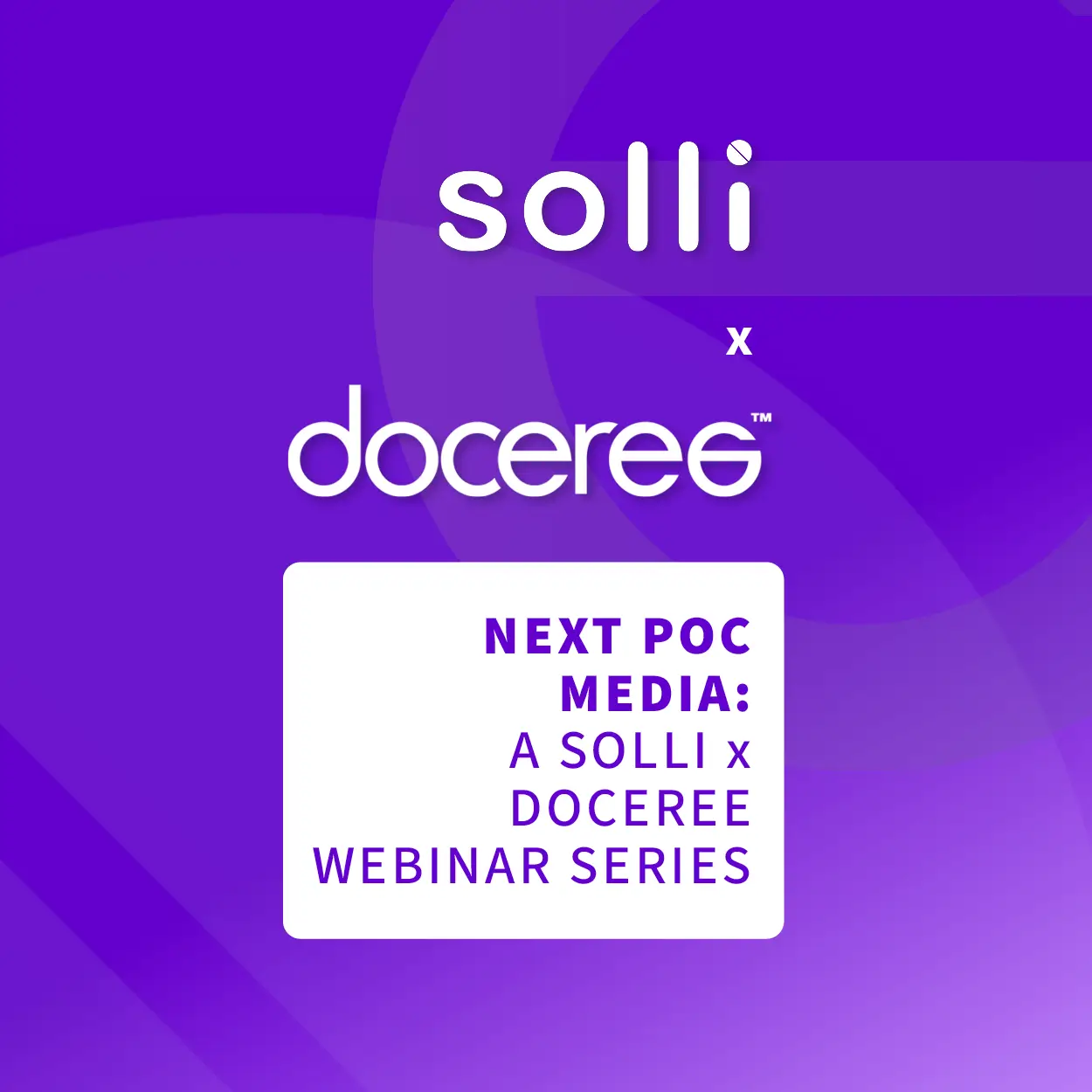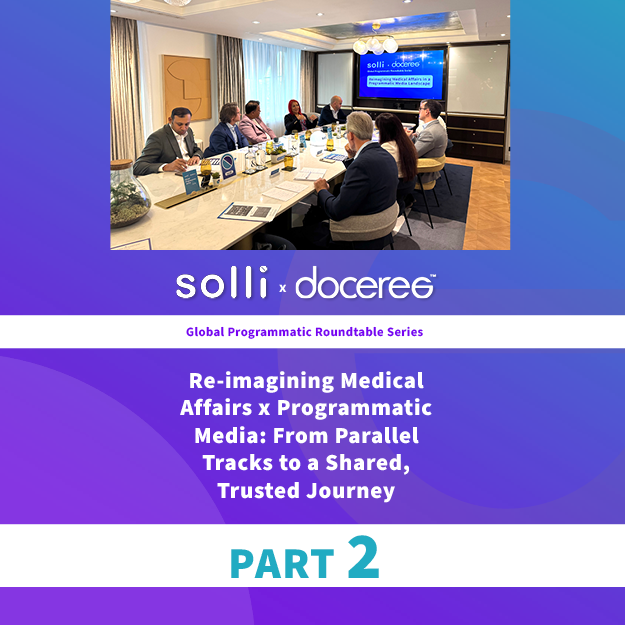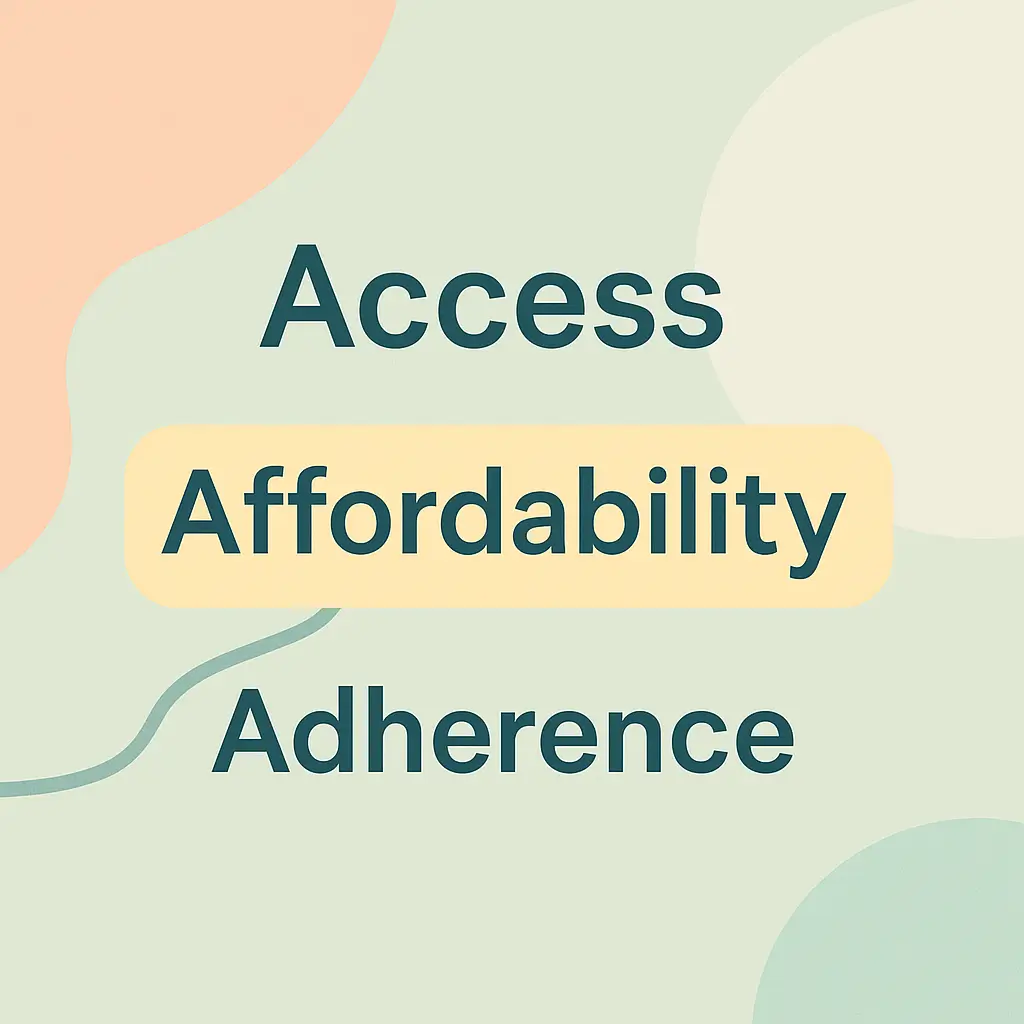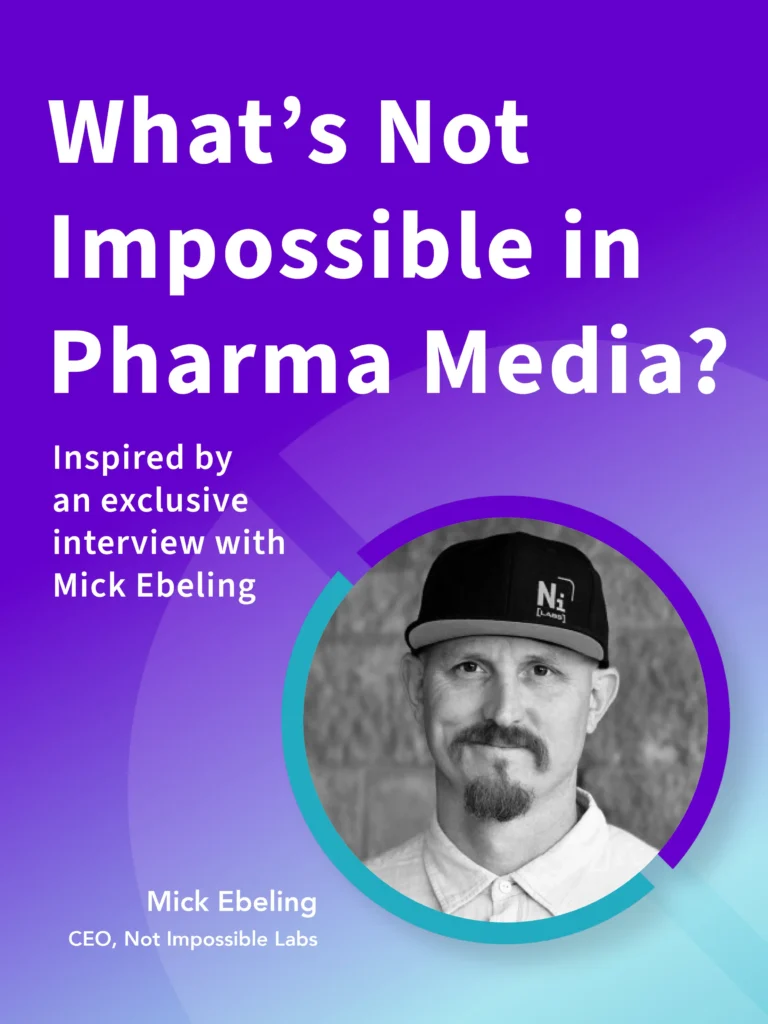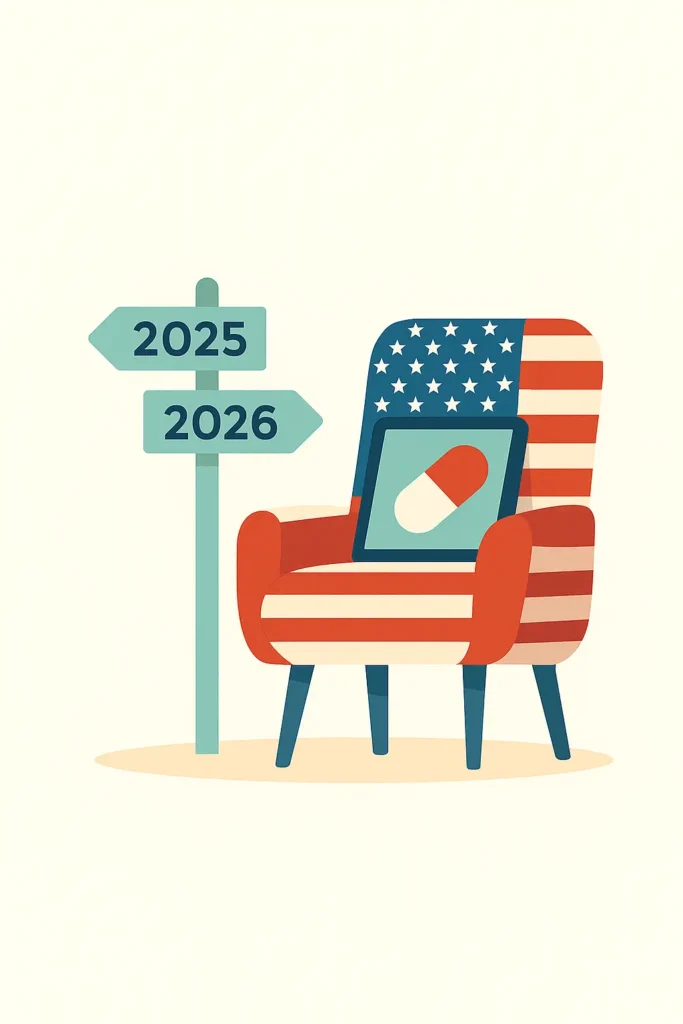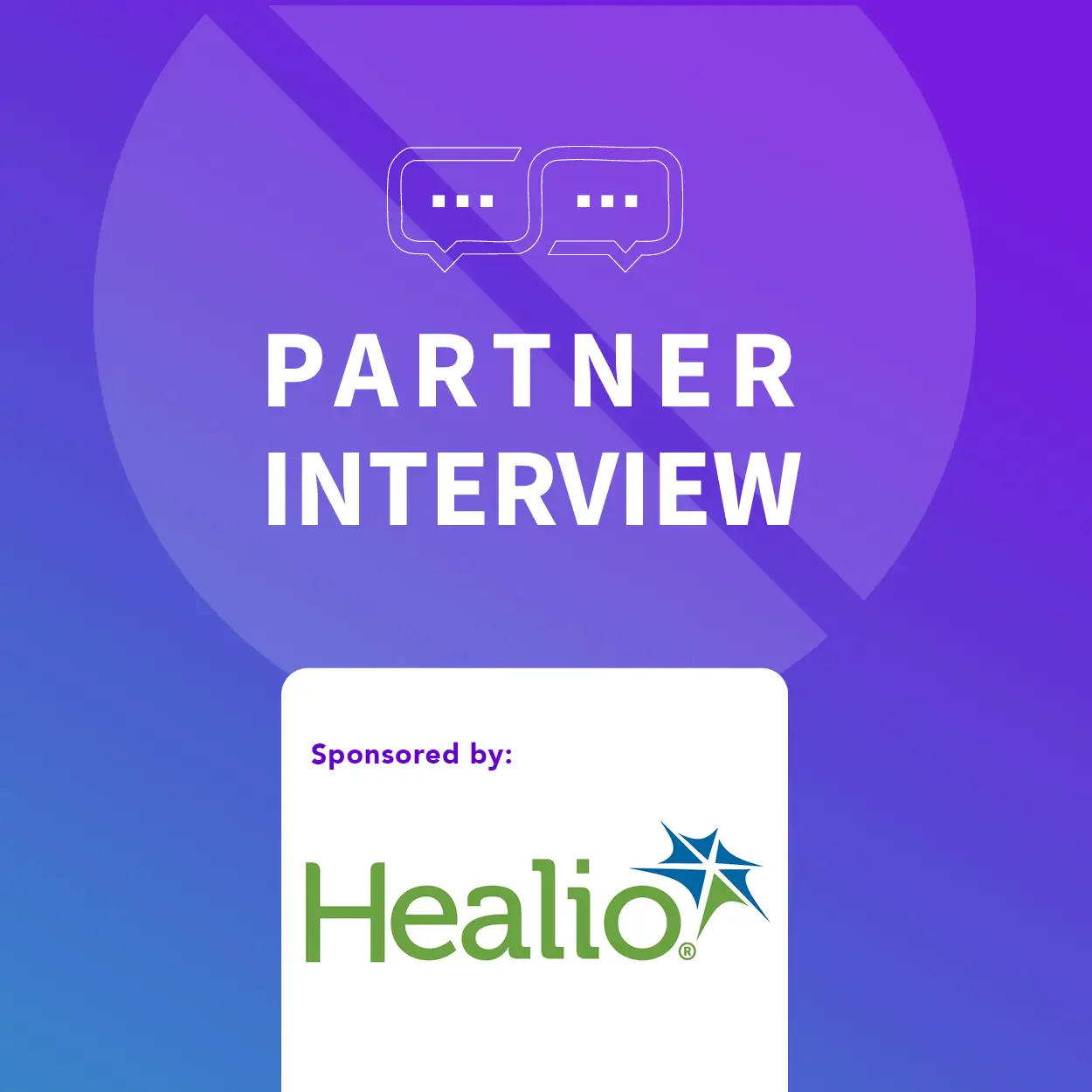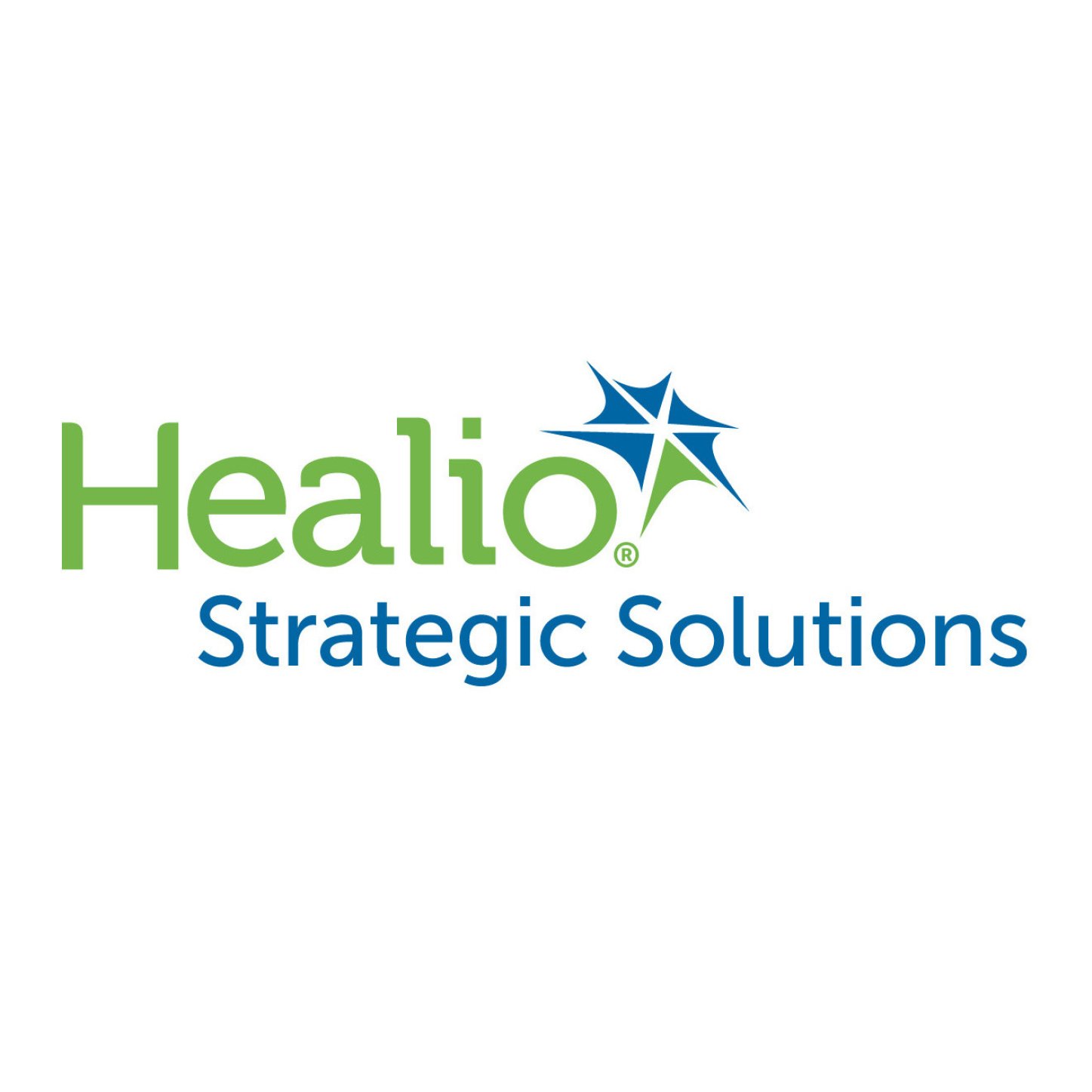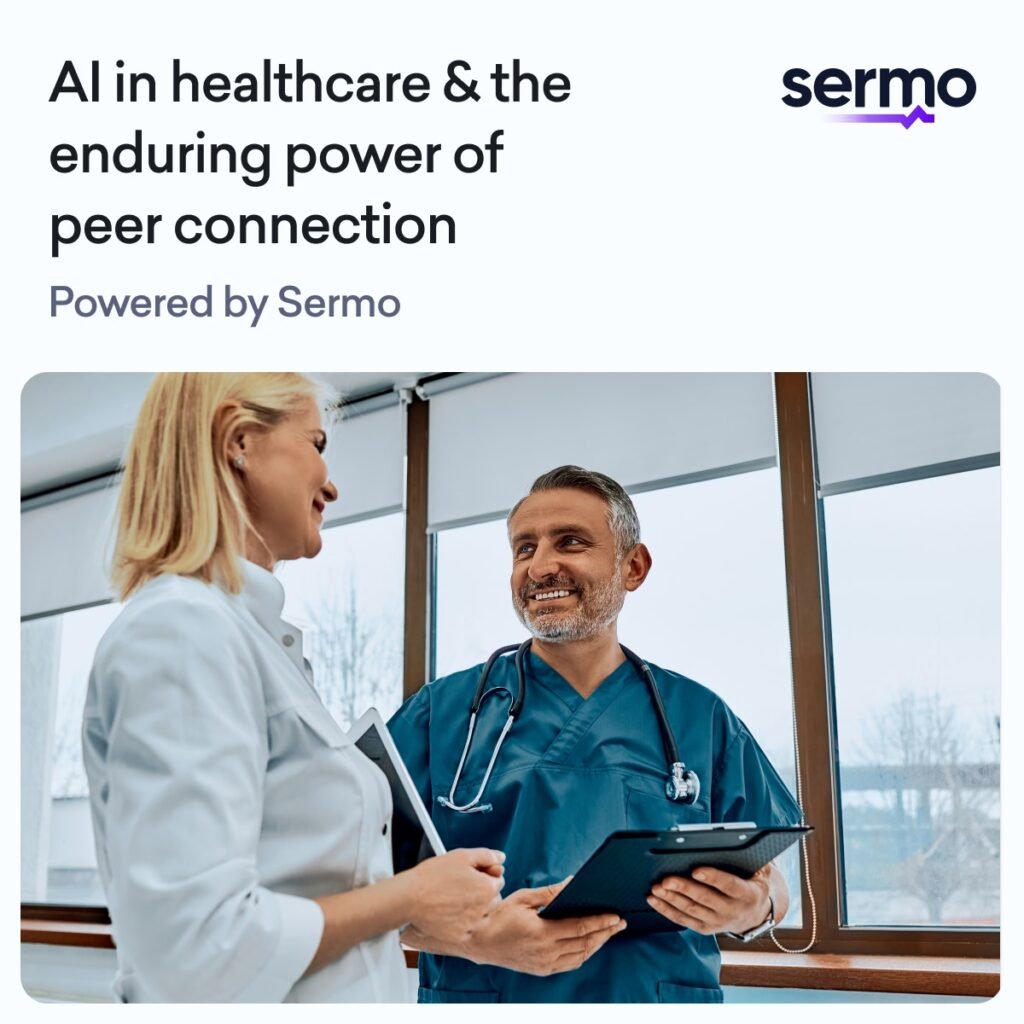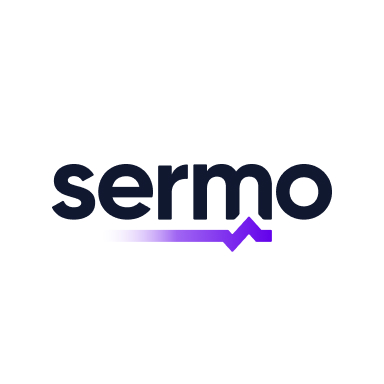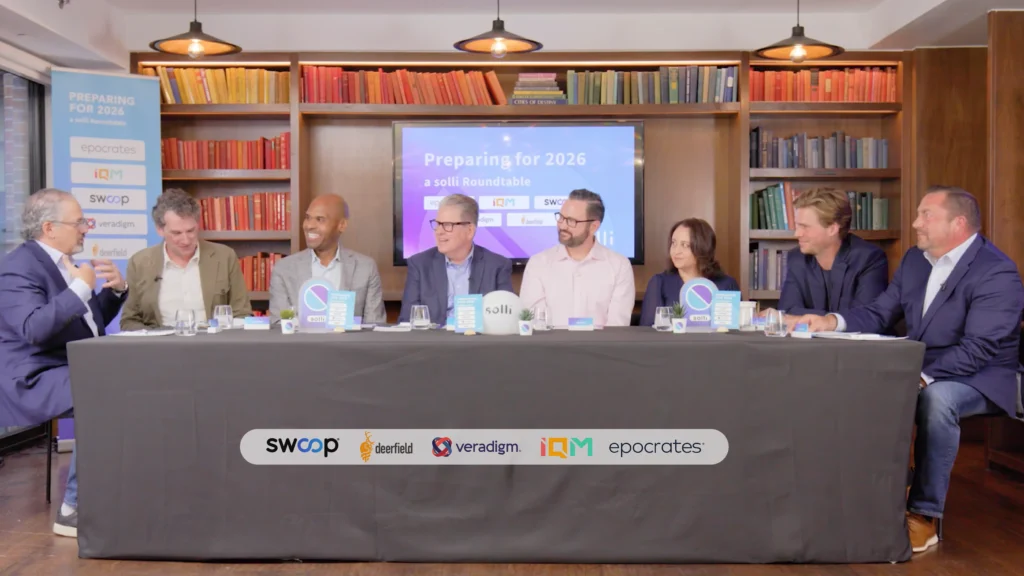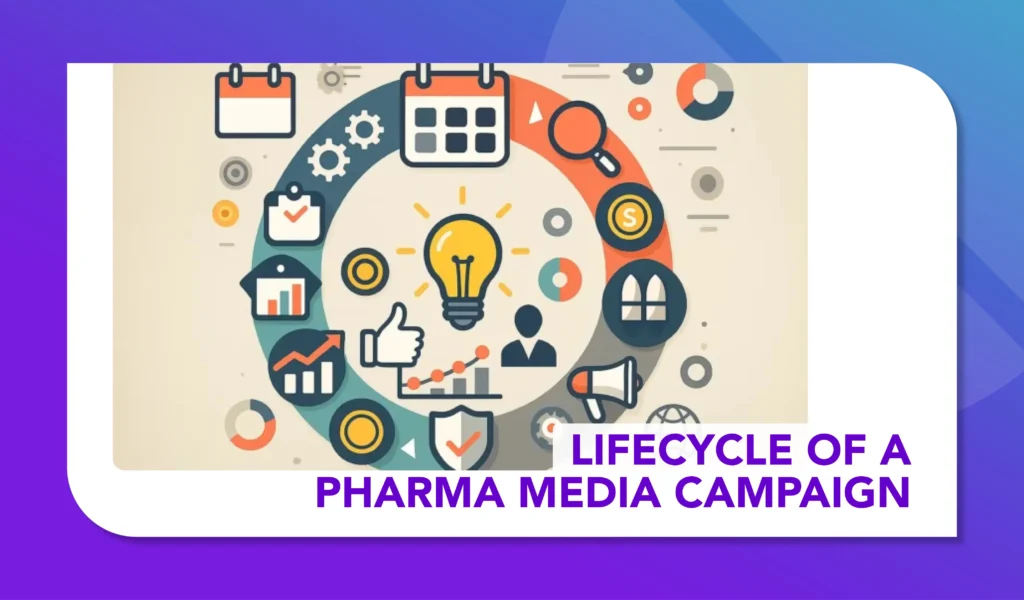The Emotional Intelligence Era in Pharma Media
Redefining Pharma Media Through Connection and Creativity
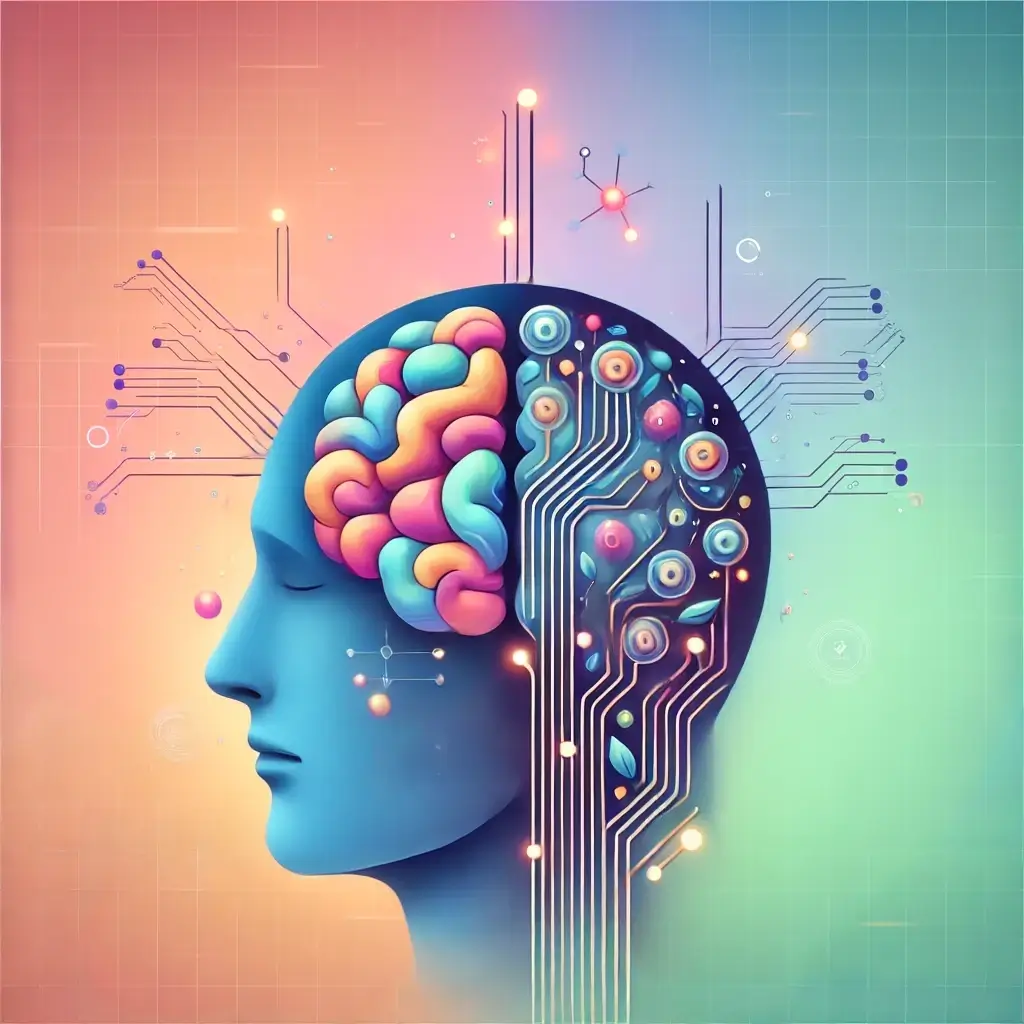
In the evolution of pharma media the first chapters would narrate the story of formats, placements, and visibility. Ads in medical journals, prime-time TV spots, and digital banners served as the bread and butter of healthcare communication. Yet today, we find ourselves entering an entirely new era—one not defined by where messages are placed, but by how they resonate. Welcome to the Emotional Intelligence Era in pharma media: a time where the fusion of human creativity and AI-driven insights is revolutionizing the way we connect, influence, and inspire.
The Journey Here: From Placement to Influence
To understand this new phase, we must look back. Media in its early forms was about “being seen” rather than “being felt.” In the traditional era, the goal was clear: place the message where the target audience would encounter it. Success was measured by impressions and reach, not emotional impact.
As technology evolved, so did the media landscape. The rise of digital advertising, programmatic buying, and Connected TV (CTV) introduced precision and personalization. Media has become dynamic and capable of embedding itself into healthcare professional (HCP) workflows and patient journeys. It shifted from a static format to an interactive influence.
Yet, even this level of innovation had its limits. Personalization without emotional depth risks coming across as calculated and transactional. To truly move the needle, pharma brands must now embrace a deeper connection—one that combines data-driven insights with human empathy and storytelling. Enter the Emotional Intelligence Era.
The Emotional Intelligence Era: Media Meets Meaning
In this new era old rules are becoming even more important; media is no longer just about what you say or where you say it. It’s about how your message makes people feel. Emotional intelligence in media planning means creating moments of resonance that stick with your audience long after the campaign ends. It’s about embedding authenticity, understanding, and humanity into every interaction.
This is built upon a foundation of every media plan needing to use AI & other advanced technology optimally. Of course there will always be a spectrum of quality within the algorithmic and tech-led services, however the recent democratisation of these tools means that the winning or losing in health media comes from much more than this performance driven media… it comes from human-led emotional resonance working alongside this AI.
By partnering artificial intelligence with emotional resonance brands will thrive in the emotional intelligence era in pharma media.
Empathy: The Heart of Connection
Empathy has become the most valued currency in healthcare communication. Across every audience segment—whether healthcare professionals (HCPs), patients, or caregivers—the ability to understand and reflect their experiences is critical. Empathy transforms messaging from a one-size-fits-all approach into a conversation. It’s about acknowledging the challenges, fears, and hopes your audience carries and offering a message that not only informs but supports.
This isn’t just a “nice to have” in a media strategy—it’s a necessity. Data may fuel the campaign, but empathy drives its impact. For pharma brands, this means focusing on the human stories behind the statistics and building campaigns that prioritize authenticity over perfection.

Cultural Adaptability in Real Time
In an era dominated by the rapid churn of emotionally-driven cultural trends, media planning must embrace flexibility. Social media, streaming platforms, and viral moments have accelerated the pace at which culture evolves. While pharma brands operate in a highly regulated environment, there is room for culturally attuned messaging that aligns with the emotional tone of the moment.
Campaigns that adapt to these cultural shifts—not by mimicking fleeting trends but by aligning with underlying values and concerns—will stand out. For instance, a focus on mental health advocacy during a moment of collective stress or highlighting specific real-life patient stories can amplify emotional resonance without compromising compliance.
Pharma brands that maintain cultural sensitivity and agility will not only remain relevant but also build trust and loyalty in increasingly diverse audiences.
The critical key to this is pharma brands will increasingly need to be nimble with their budgets & assets to make the most of these crucial cultural moments.
The Evolution of Point-of-Care (POC) Media
Point-of-Care (POC) media has moved beyond passive, static displays to become a critical touchpoint for timely, personalized interactions. In the Emotional Intelligence Era, POC solutions are contextually aware, seamlessly integrating into both HCP workflows and patient journeys.
For example, dynamic displays in waiting rooms can be tailored to reflect the demographics of the community they serve, while in-clinic digital tools can adapt messaging based on a patient’s stage in their treatment journey. The future of POC is less about broadcasting and more about enabling—helping HCPs and patients make informed decisions by providing actionable, relevant, and empathetic information at precisely the right moment.
Emotional Resonance as a Performance Metric
In this emotionally driven landscape, traditional performance metrics—clicks, impressions, and even conversions—are no longer sufficient. The true measure of a campaign’s success lies in its ability to foster connection. Did the campaign evoke trust? Did it inspire hope? Did it drive deeper engagement with the brand’s mission and message?
Take Connected TV (CTV) advertising as an example. A CTV campaign might feature a story of a patient overcoming challenges through a specific treatment, humanizing the brand and forging an emotional connection with the viewer. This type of engagement doesn’t just build awareness; it builds advocates. Emotional resonance becomes a competitive advantage, setting apart brands that connect on a human level from those that merely market.
In this new paradigm, pharma media transcends the transactional, entering a realm where success is defined by how deeply messages resonate. Brands that prioritize emotional intelligence will lead the way in creating meaningful, lasting connections.
Pharma Media in the Emotional Intelligence Era
Pharma media has come a long way from static placements to dynamic, AI-powered interactions. Yet, the future isn’t just about technology—it’s about humanity. The Emotional Intelligence Era is defined by moments that matter: connections that resonate, stories that inspire, and messages that move people to action.
Pharma brands that embrace this shift will redefine what it means to succeed in media. By prioritizing emotional resonance, creative collaboration, and authentic engagement, they will lead the charge in this next great evolution of healthcare communication. In the end, it’s not about being seen; it’s about being felt.

